Recent projects
Southeast Conservation Blueprint Explorer
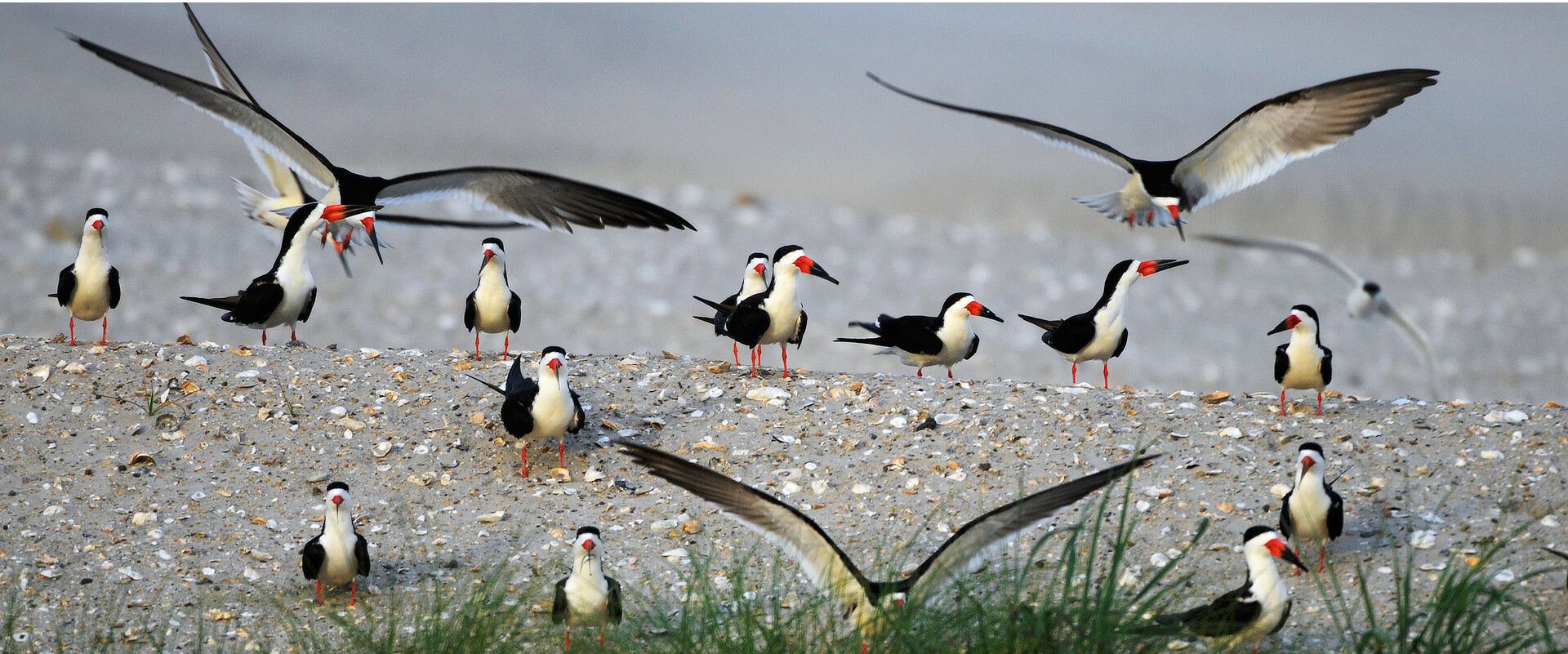
We have been working with the U.S. Fish and Wildlife Service since 2019 develop front-end applications that make it easier for users to explore, understand, and leverage the Southeast Conservation Blueprint and related landscape-level data. The Blueprint integrates the current condition of terrestrial, freshwater, marine, and cross-ecosystem indicators to prioritize the most important areas for natural and cultural resources. It has been used to help bring in more than $330 million in conservation funding to protect and restore several hundred thousand acres in the Southeast. The Blueprint Explorer makes it easy for users to explore the Blueprint in their area as well as create data-rich reports that can be used to help inform conservation strategies, conservation grant proposals, and more.
Learn more
National Aquatic Barrier Inventory & Prioritization Tool
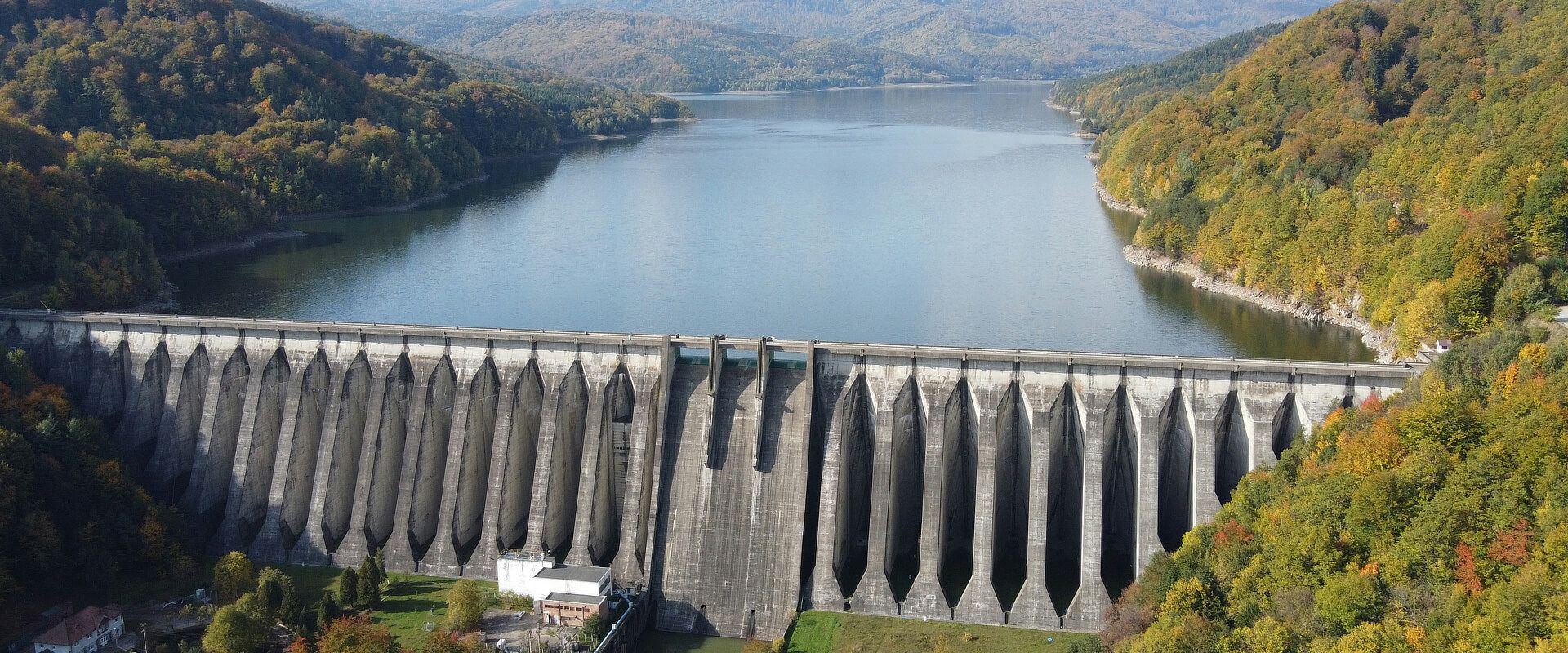
We have been working with the Southeast Aquatic Resources Partnership since 2019 to develop and expand what is now the National Aquatic Barrier Inventory & Prioritization Tool. This tool brings together data on hundreds of thousands of dams and road-related barriers, as well as natural barriers, in order to help members of the aquatic conservation community identify potential barrier removal and mitigation projects. The barrier inventory includes more barriers than have ever been compiled into a single dataset, which enables the tool to more accurately characterize aquatic connectivity across the U.S.
Learn more
Marine Protection Atlas
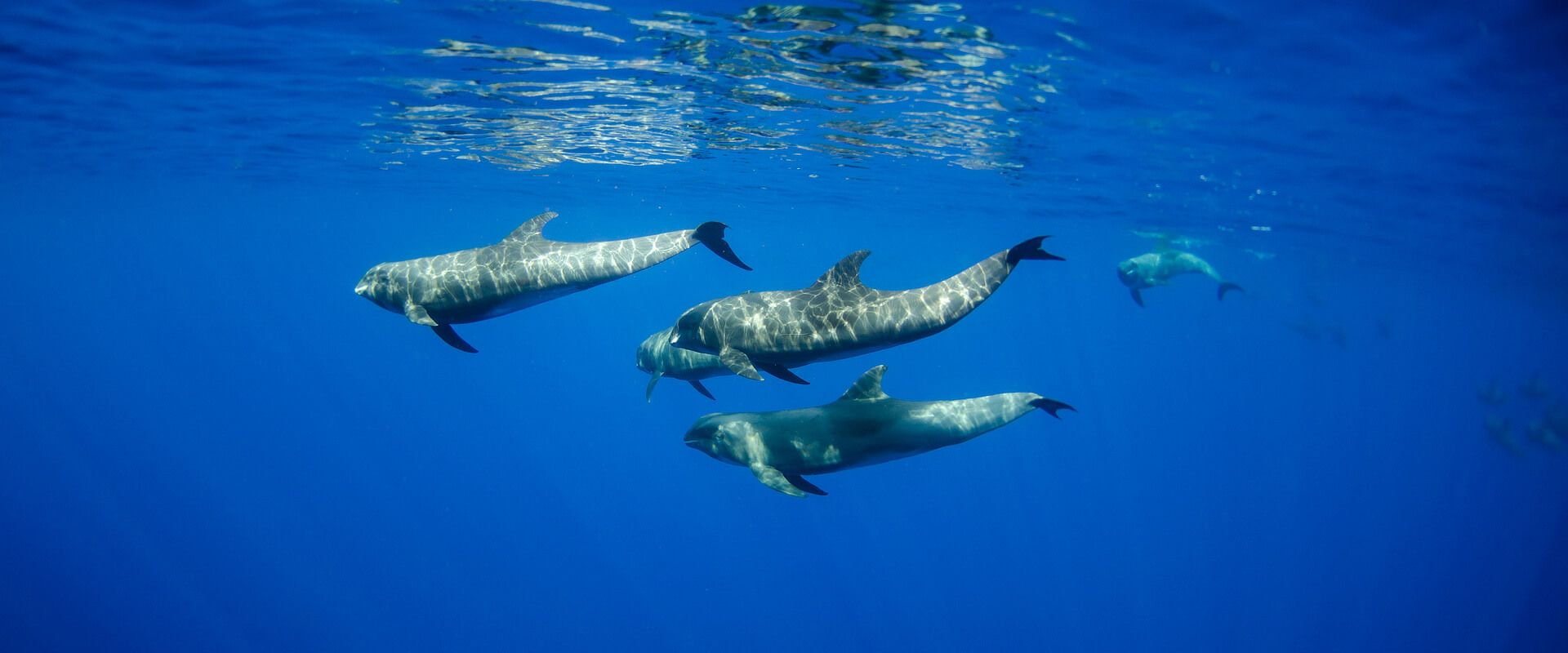
We have been working with the Marine Conservation Institute since 2020 to develop and enhance the Marine Protection Atlas to more effectively synthesize key information about marine protection worldwide. This project enables members of the marine conservation community to better access, understand, and communite key statistics describing marine protection at multiple levels around the world. The Marine Protection Atlas is a core component of Marine Conservation Institute's strategy to monitor and promote high levels of marine protection.
Learn more
Hoary bat data aggregation and range mapping
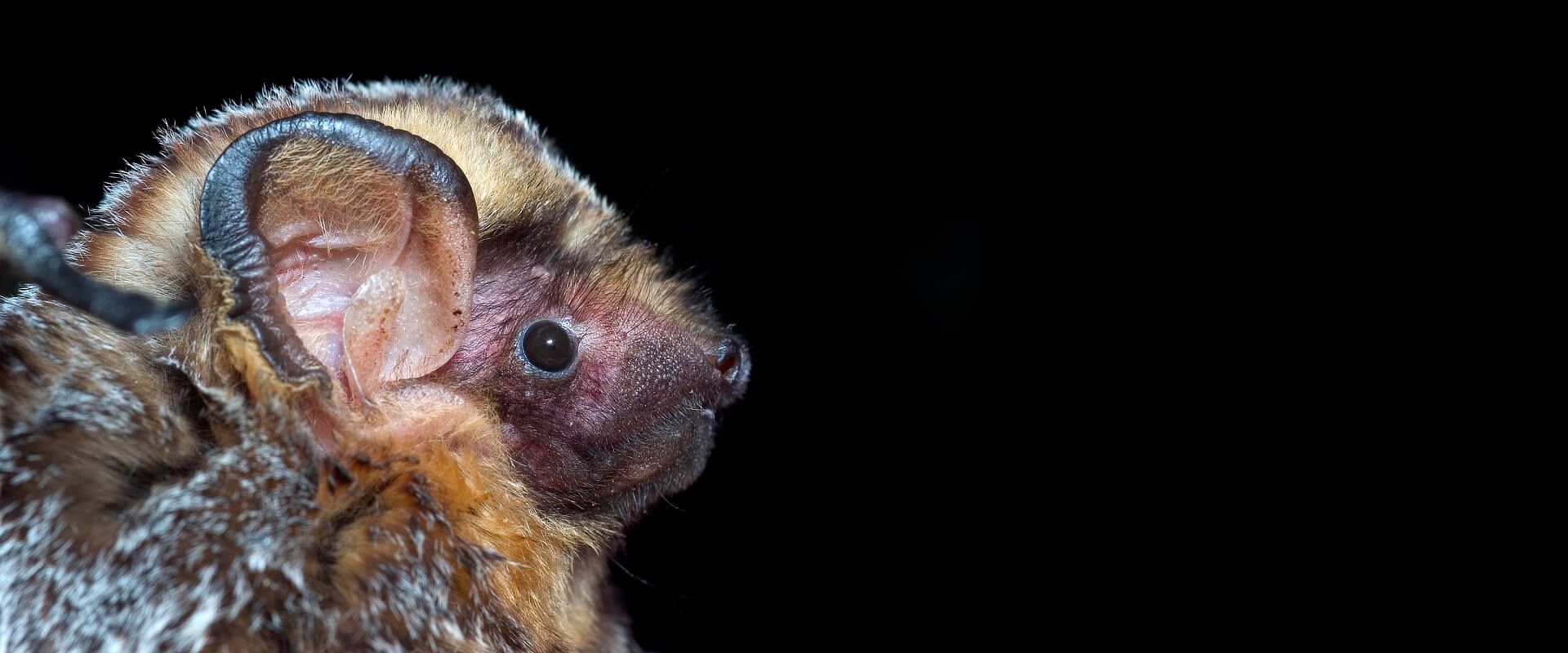
We recently started working with Conservation Science Global under a grant from the California Department of Fish & Wildlife to help aggregate data on hoary bats within California, with the ultimate goal of developing a range map for hoary bats that will be used to help manage this species and reduce impacts from renewable energy development.
Learn more
Budget Allocation Application
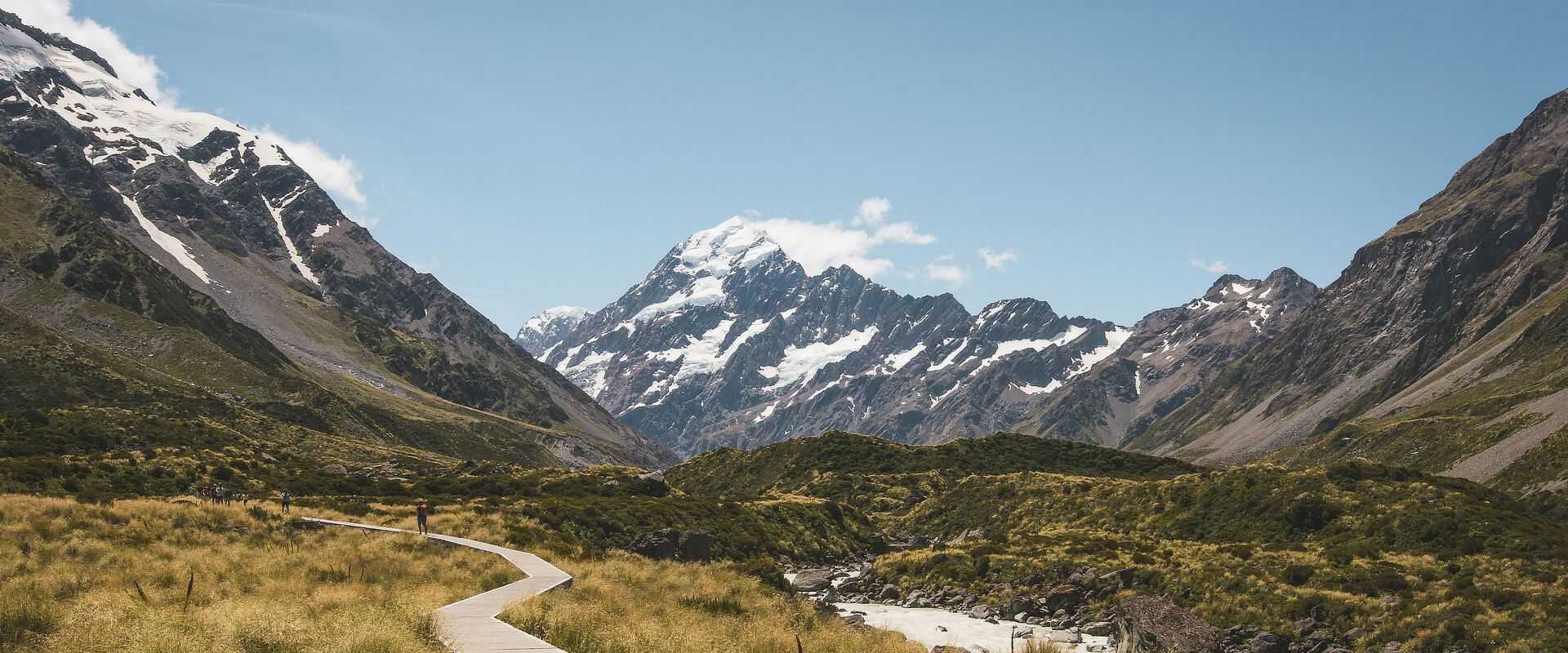
We have been working with the New Zealand Department of Conservation since 2019 to create and refine a budget allocation application used to assist the Department with their 10-year master budget planning process. This tool enables staff and senior leaders to explore the budget and outcome tradeoffs as part of allocating different levels of resources to different programmes within the Department's organizational units, which helps them better maximize their desired outcomes given finite budgets.
Learn more